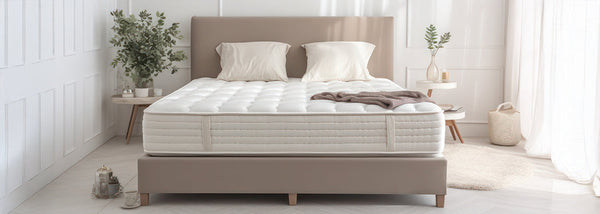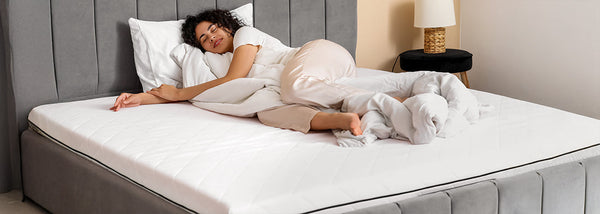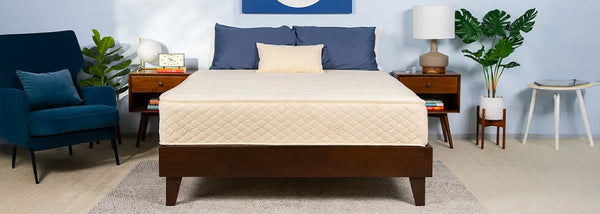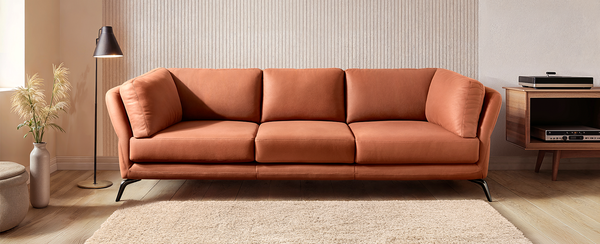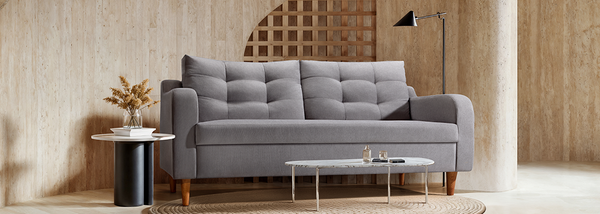The New Aches of the Modern Age
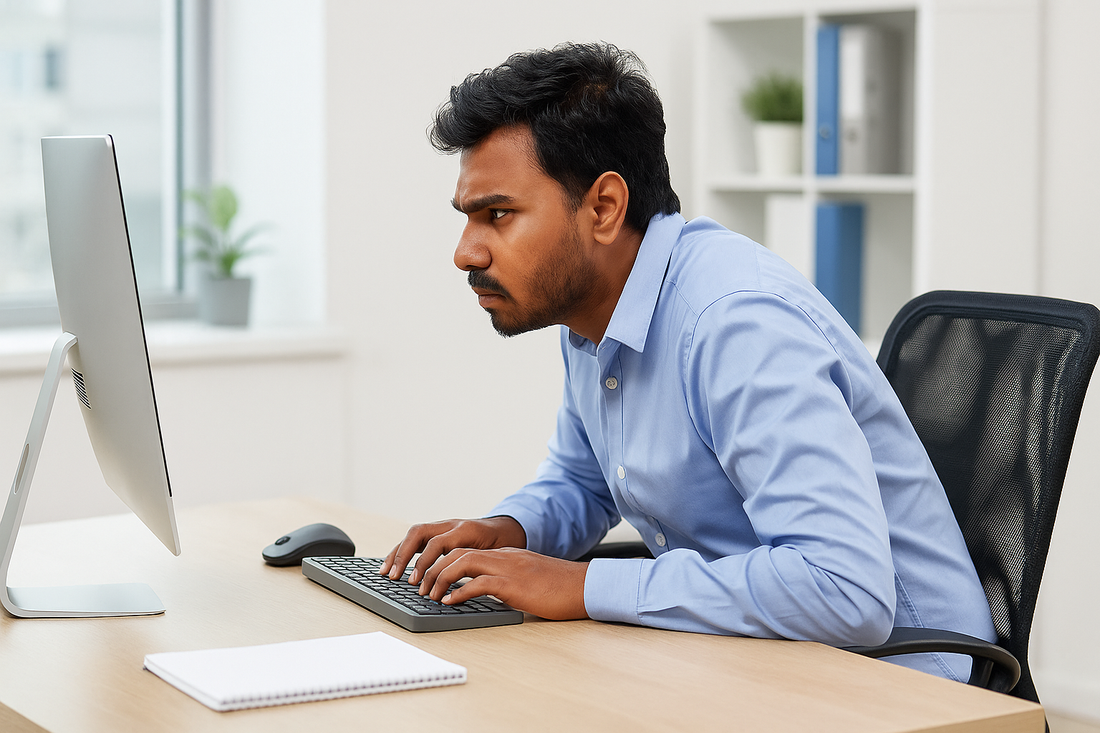
Table of Contents
How Technology Changed Our Posture
The Stress of Sedentary Lifestyles
Sleep: Your Body's Reset Mechanism
Striking a Balance Between Rest & Movement
Small Habits, Big Change
Welcome to the 21st century, the age of technology, revolution, connectivity… and posture problems. Being connected to everyone, everywhere, all at once, entertainment and convenience are right at our fingertips. Unfortunately, our backs aren’t equipped to deal with this routine.
How Technology Changed Our Posture
The average smartphone user spends 4.5 to 5 hours daily looking down at their screen, and this causes a strain on the neck and upper back. This phenomenon is called "tech neck", the price we pay for this constant overuse of our modern devices. It’s now so common that the NIH describes it as a public worldwide health problem — an epidemic of digital living.
The human head weighs around 4.5–5.5 kg when held in a neutral position (facing forward with your neck and shoulders straight). This entire weight is supported by seven bones in your neck. When you tilt your head forward by just 15 degrees, the load on your neck goes up to about 12 kg—more than double. However, at an incline of 60 degrees (the typical angle while scrolling on your phone) this weight can go up to almost 27 kg.
The effects of this syndrome wreak havoc. Prolonged forward head posture overstretches neck and shoulder muscles while compressing cervical discs. This leads to inflammation, stiffness, headaches, and upper back pain. Over time, it can cause cervical spine misalignment, a condition that interferes with nerve signals and triggers chronic pain patterns. Many people also report jaw pain, tingling in the arms, and reduced lung capacity due to chest compression from slouching.
Poor posture has a heavy psychological impact as well. Slouching restricts deep breathing, reducing oxygen flow and triggering fatigue. Studies show it can worsen mood and stress perception – a 2017 study from San Francisco State University found that participants with forward head posture reported higher anxiety levels and lower energy.

The Stress of Sedentary Lifestyles
Office workers sit for 8–10 hours a day, often without lumbar or neck support. Add to that long commutes and extended screentime; a routine our bodies were never designed for. The result is a slow, aching stress that builds in our muscles, joints, and even our minds. Sitting for prolonged periods causes the glutes, hamstrings, and core muscles to weaken.
Meanwhile, the hip flexors and lower back muscles tighten. This is the perfect setup for chronic back pain and poor posture, which compresses the spinal discs, thereby reducing the natural curve of your spine and strains the surrounding muscles.
It doesn't stop there; it also leads to reduced blood flow and slower circulation, which means less oxygen and fewer nutrients reach your muscles. Your joints are affected too, because they don't receive enough synovial fluid, which is the lubricant that keeps them flexible. Over time, this leads to stiffness in the legs, hips, shoulders, and spine.

Sleep: Your Body's Reset Mechanism
If you spend your day slouching over a laptop or phone, your spine, neck, and shoulder muscles stay under continuous strain. During deep, restorative sleep, several corrective processes take place that counteract these postural stresses.
When you lie down, your spine decompresses. Gravity and poor posture cause the spine to actually shrink by 1–2 cm during the day, due to the compression of fluid between the spinal discs. During sleep, the discs reabsorb fluid and elongate to their true height, restoring natural spinal alignment and flexibility.
Quality sleep facilitates the release and balance of your hormones and neurotransmitters. The growth hormone is activated, which helps repair muscle damage caused by poor posture or repetitive strain. Overworked postural muscles like the neck extensors and lower back muscles can finally release the tension they’ve carried all day. Sore muscles and joints can recover faster as cortisol levels (the stress hormone) are reduced during deep sleep.

Striking a Balance Between Rest & Movement
These nagging aches and pains are the price your body pays, but it doesn't have to be that way - a few simple habit changes can offset the issues before they turn into chronic pain.
- Micro-Movement Every 20 Minutes: Break your sedentary routines by standing up, stretching your arms, or taking a quick walk around the room. This reactivates blood flow and keeps muscles from locking into static postures.
- Fix Your Workstation Ergonomics: Keep your screen at eye level, and use a supportive chair or lumbar cushion to maintain your spine’s natural curve. A neutral setup prevents tech neck and rounded shoulders from forming over time.
- Strengthen Your Muscles: Simple stretches focusing on strengthening your core, glutes, and back go a long way, making you less prone to pain even during long workdays.
- Stay Hydrated: Intervertebral discs compress and lose their fluid over the course of the day. Dehydration reduces their ability to absorb shock. Staying hydrated can mitigate this.
- Prioritize Restorative Sleep: The right mattress and pillow keep your spine aligned while your muscles and discs recover. Choose an orthopedic setup to distribute weight evenly and support your spine.
- Manage Stress, Manage Pain: Stress and pain are deeply interconnected; they share the same neural pathways. Relaxation lowers cortisol, reducing muscle tension and pain sensitivity.
Small Habits, Big Change
You can’t always escape screens or long desk hours, but you can train your body to recover smarter. The antidote to modern pain is a collection of small, consistent habits; it's the simple changes that make a world of difference. Move often, sleep right, and listen to your body’s cues. Recovery is cumulative, and every stretch, breath, and good night’s sleep helps your body return to balance.





